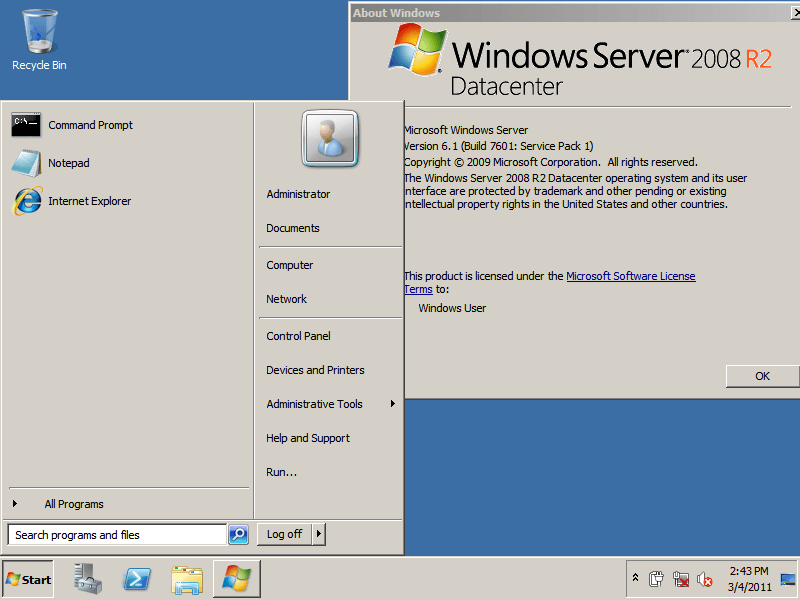
Introduction
Windows Server 2008 was a significant release by Microsoft, offering various features and improvements for server environments. Here are some key aspects and features:
- Editions: Windows Server 2008 came in several editions, including Standard, Enterprise, Datacenter, and Web Server editions, each tailored for different types of deployments and workloads.
- Server Roles: It introduced a modular server role architecture, allowing administrators to selectively install and configure server roles such as Active Directory Domain Services (AD DS), DNS Server, DHCP Server, File Services, and more.
- Server Manager: A central management console, Server Manager, provided a unified interface to install, configure, and manage server roles and features across the network.
- Enhanced Security: Windows Server 2008 included improvements in security with features like Network Access Protection (NAP), which enforced health requirements for network access, and improvements in firewall management.
- Virtualization: It marked the debut of Hyper-V, Microsoft’s hypervisor-based virtualization platform, allowing administrators to run multiple virtual machines on a single physical server.
- Improved Performance and Scalability: Windows Server 2008 introduced enhancements in performance and scalability, supporting larger memory configurations, improved file system (NTFS), and enhancements in clustering (Failover Clustering).
- PowerShell: It included PowerShell 1.0, Microsoft’s powerful scripting and automation framework, enabling administrators to automate tasks and manage server configurations more efficiently.
- IIS 7.0: The web server role in Windows Server 2008 featured Internet Information Services (IIS) 7.0, offering improved performance, security, and management capabilities for web applications and services.
- Server Core: Introduced as a minimal installation option, Server Core provided a lightweight version of Windows Server, optimized for specific server roles, reducing the attack surface and resource footprint.
- Support Lifecycle: Mainstream support for Windows Server 2008 ended on January 13, 2015, and extended support ended on January 14, 2020. It’s recommended to upgrade to newer versions like Windows Server 2012, 2016, or 2019 for continued security updates and support.
Windows Server 2008 played a crucial role in enterprise IT environments, offering robust server capabilities, enhanced security features, and paving the way for modern server management practices and virtualization technologies.
Details
Latest version
2008 R2 SP1
2008 R2 SP1
Developer
Microsoft
Microsoft
Updated on
July 31, 2024
July 31, 2024
License
Paid
Paid
Advertisement
No ads
No ads
OS System
Windows
Windows
Language
English
English
Downloads
126
126
Rating
__
__
Website
__
__
Download
Windows Server 2008 R2 SP1
2.73GB 2008 R2 SP1
Decompression password: 123 or hisofts.net
Broken or outdated link? report

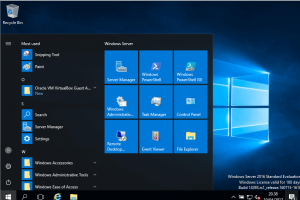
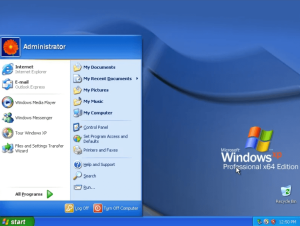
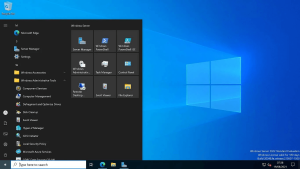
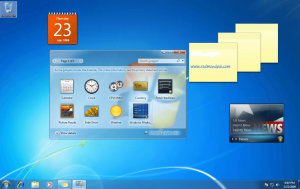

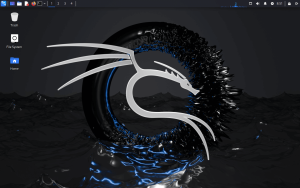
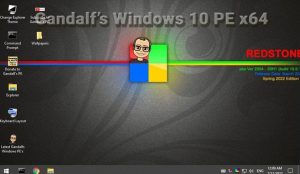

Leave a Reply